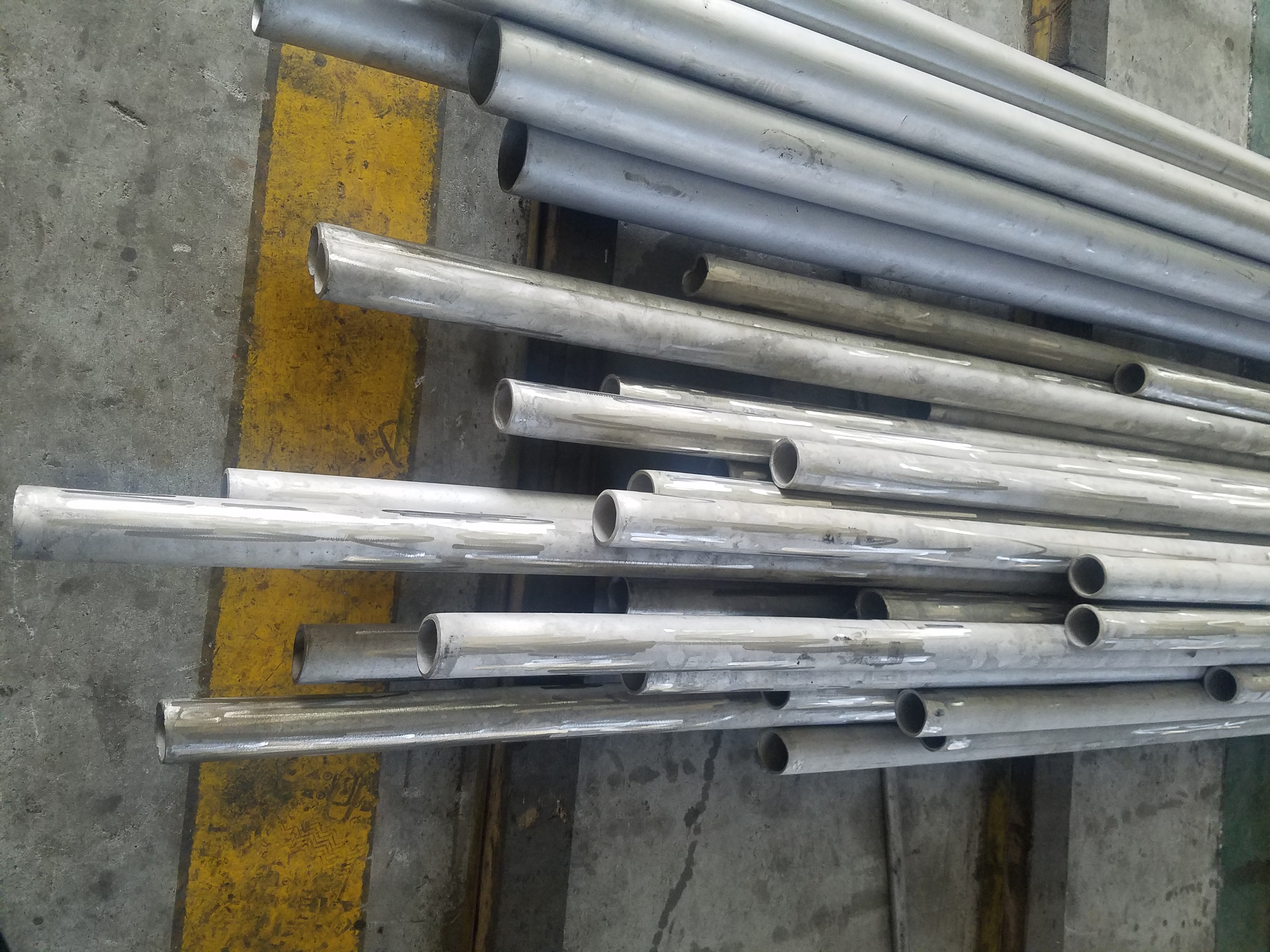High temperature alloy is an alloy material that can maintain good performance at high temperatures and has extremely high heat resistance, oxidation resistance and corrosion resistance. However, since high-temperature alloys have complex composition, dense structure, and are easy to deform at high temperatures, they are difficult to process. How to improve the plasticity of high-temperature alloys has become a research hotspot in the field of thermal processing.
Research shows that the thermal processing method using three-dimensional compressive stress can improve the thermoplasticity of high-temperature alloys and make difficult-to-deform high-temperature alloys easier to form. All stress components on the unit body passing through a point are located in a certain plane, that is, the stress components in the direction perpendicular to the plane are zero. This stress state is called plane stress state. Most processes of sheet metal stamping and thin-walled tube forming can be approximately regarded as plane stress states. There are three types of plane stress states: double tension, double compression, and one tension and one compression. The stress state in which none of the three principal stresses is zero is called a three-dimensional stress state. In plastic forming, the former two are more common, and the three-dimensional tensile stress is difficult to produce sufficient deformation.
Extrusion is a process in which a blank is extruded from an extrusion die under great pressure to form the desired product. Extrusion can be divided into three types: hot extrusion, warm extrusion and cold extrusion. The extrusion of high-temperature alloy billets is mostly hot extrusion, that is, the extrusion temperature is higher than the recrystallization temperature. The basic stress state of the deformed material during extrusion is three-dimensional compressive stress, which is beneficial to improving the process plasticity of the material. The strain state is two-way compression deformation and one-way elongation deformation, that is, elongation along the axial direction. Hot extrusion of difficult-to-deform high-temperature alloys can improve hot processing plasticity and increase the yield rate.
In addition to hot extrusion, jacket rolling is also an effective method to solve the problem of forming difficult-to-deform high-temperature alloys. Using 321 stainless steel as a sheath, the sheath can form unequal three-dimensional compressive stress, restrict the free expansion of the alloy in the hole pattern, thereby increasing the process plasticity of the alloy, improving the deformation stress state and maintaining heat and lubrication. This process was used to produce Inconel X750 qualified bars, which were die-forged into turbine blades and passed the 100h test run.
In recent years, the hot extrusion process, as a hot forming process for powder metallurgy superalloys, has the characteristics of large deformation, can effectively eliminate the original powder boundary (PPB), produce fine grains, and can achieve superplastic deformation and low deformation resistance. Compared with the two powder superalloy forming processes, hot isostatic pressing (HIP) and HlP+HIF (isothermal plating), the tensile strength, plasticity and durability of hot extruded alloys are significantly better than the latter two processes. Therefore, the hot extrusion process is receiving more and more attention in the production of high-temperature alloys.
In short, the forming of difficult-to-deform high-temperature alloys has always been a difficult problem in the field of thermal processing. The hot processing method using three-dimensional compressive stress can effectively improve the thermoplasticity of high-temperature alloys and make difficult-to-deform high-temperature alloys easy to form. In the production process, hot extrusion and clad rolling are both effective forming methods, which can greatly improve the plasticity of high-temperature alloys.
Tianjin Anton Metal Manufacture Co., Ltd. is a company specializing in the production of various nickel-based alloys, Hastelloy alloys and high-temperature alloy materials. The company was established in 1989 with a registered capital of 10.0 million, specializing in the production and sales of alloy materials. Anton Metal’s products are widely used in aerospace, chemical industry, electric power, automobile, nuclear energy and other fields, and can also provide customized alloy material solutions according to customer needs. If you need to know the price consultation of alloy materials or provide customized alloy material solutions, please feel free to contact the sales staff.
==========================================
www.antonmetal.com
ANTON METAL| Your specialty alloys manufacturer
Email: dominic@antonmetal.com
Phone: +8613132148618(wechat/whatsapp)
Post time: Dec-15-2023











